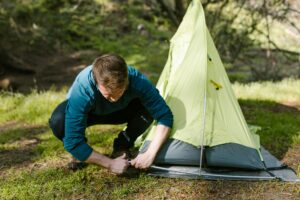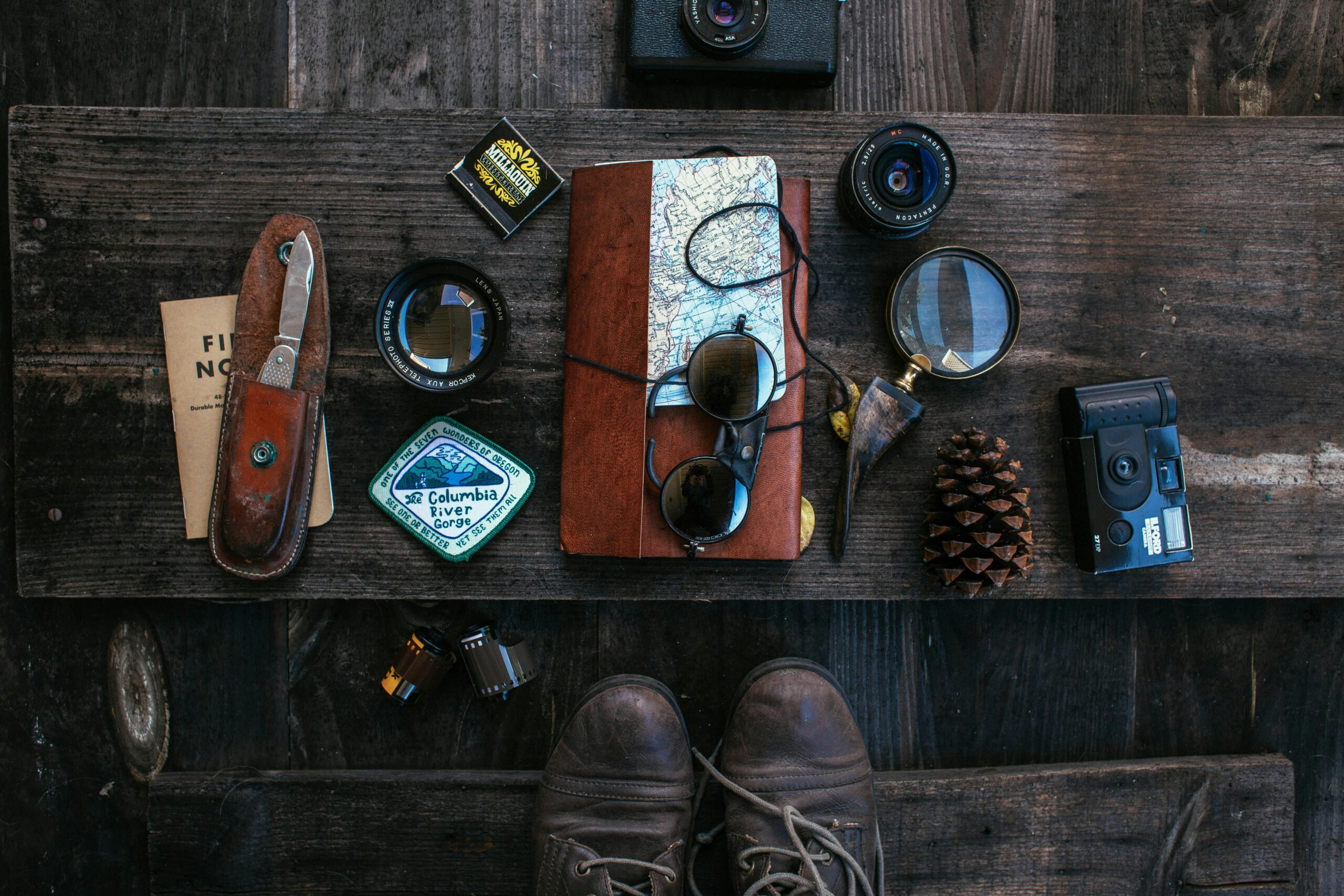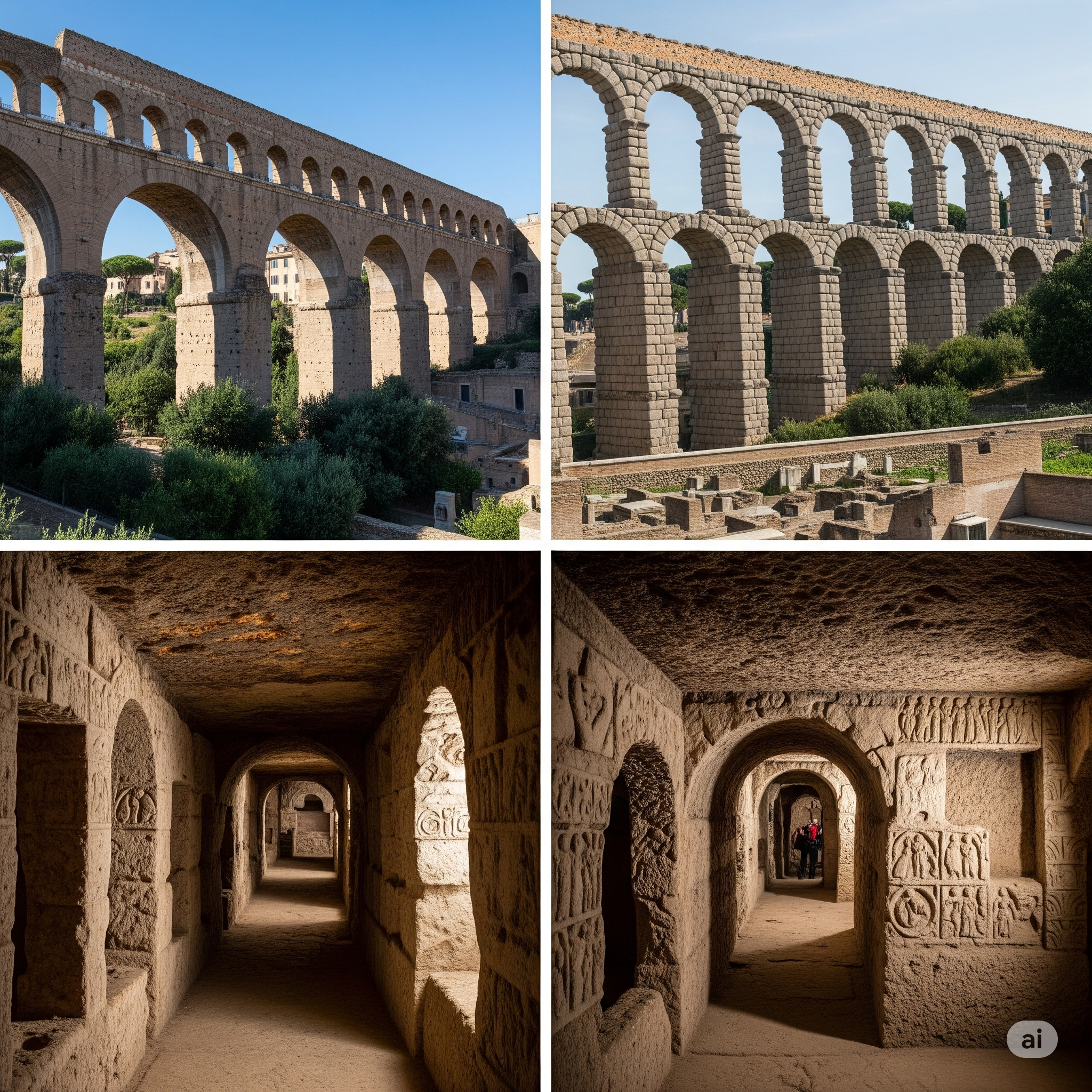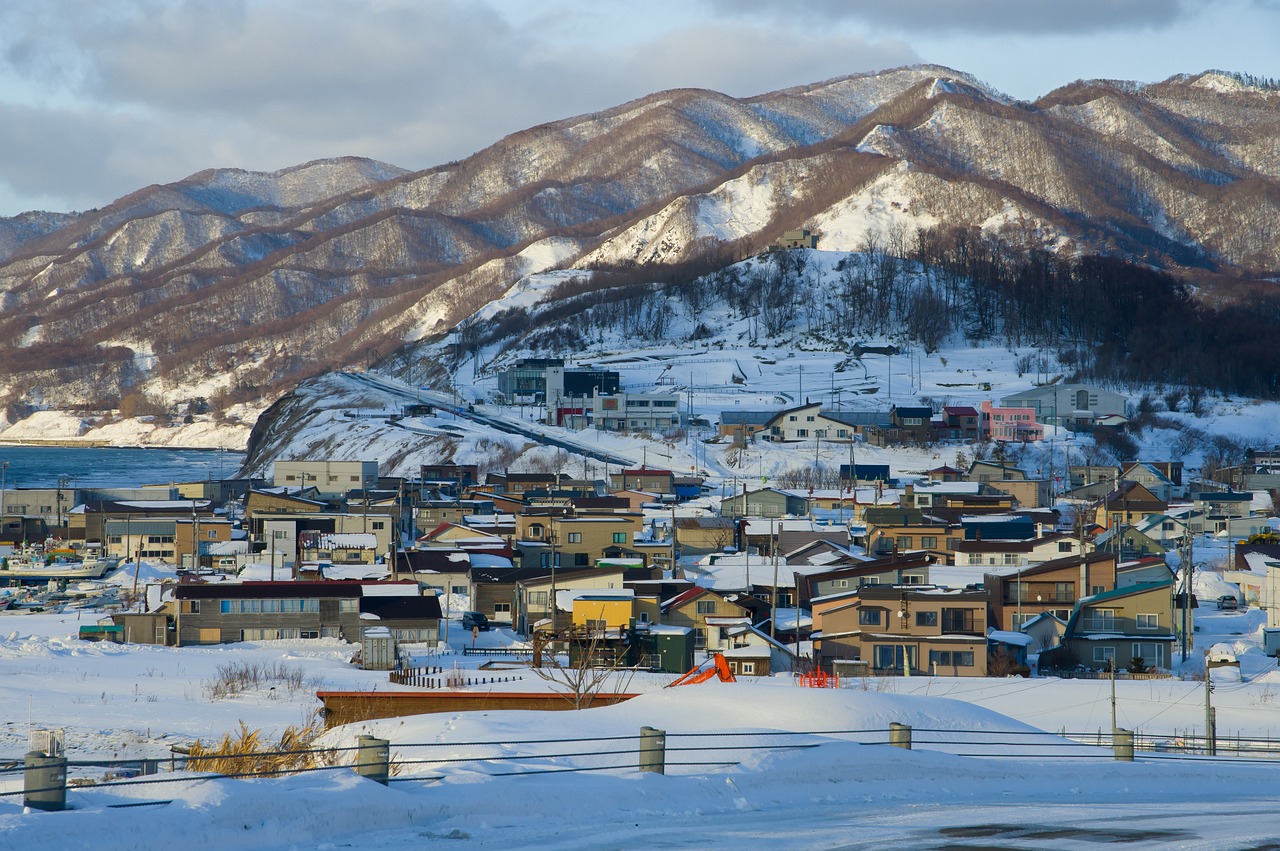Picture this: you’re standing at the edge of a turquoise lake in Patagonia, your backpack light as a feather, and a grin on your face because you’ve nailed the art of traveling with minimal gear. Adventure travel doesn’t mean lugging around a 50-pound suitcase—it’s about freedom, flexibility, and embracing the journey with just the essentials. In this guide, I’ll share how to pack light for an adventure trip, from choosing the right gear to mastering minimalist travel hacks. Drawing from my own treks through the Alps and jungles of Costa Rica, I’ll give you practical tips, cost breakdowns, and a roadmap to travel light without sacrificing comfort or safety.
Why Minimalist Travel Enhances Your Adventure
Packing light transforms adventure travel by giving you mobility, reducing stress, and letting you focus on the experience rather than your luggage. Whether you’re hiking Machu Picchu or kayaking in Norway, minimal gear means less to carry and more to enjoy. Plus, it’s easier on your wallet and the environment.
My First Minimalist Trek
On my first solo hike in the Alps, I overpacked—think three pairs of boots and a sleeping bag I never used. By day two, my shoulders screamed. That trip taught me the joy of packing only what I need, and I’ve never looked back. Minimalism isn’t just about less stuff; it’s about more freedom.
The Core Principles of Minimalist Adventure Travel
Minimalist travel boils down to three rules: prioritize versatility, embrace multi-use items, and pack for your specific adventure. By focusing on lightweight, durable gear and cutting the non-essentials, you’ll move faster and feel freer.
Start with a Small Backpack
A 20–40-liter backpack is ideal for most adventure trips. It forces you to pack smart and fits as carry-on luggage, saving you checked bag fees.
Choose Multi-Use Gear
Opt for items that serve multiple purposes, like a sarong that doubles as a towel, blanket, or shade. This cuts weight and maximizes utility.
Plan for Your Destination
Research your trip’s climate, terrain, and activities. A desert trek needs different gear than a rainforest hike—tailor your kit accordingly.
The 80/20 Rule
You’ll use 20% of your gear 80% of the time. Pack only what you’ll use daily, like a water bottle, and skip the “just in case” items.
Packing List for Minimalist Adventure Travel
Here’s a curated packing list for a week-long adventure trip, designed to fit in a 30-liter backpack. I’ve included weights to help you stay light.
Clothing Essentials
- 1 pair of quick-dry hiking pants (300g): Convertible pants with zip-off legs work for varied climates.
- 2 moisture-wicking shirts (150g each): Choose lightweight, breathable fabrics like merino wool.
- 1 fleece or lightweight jacket (400g): Perfect for chilly evenings or high altitudes.
- 3 pairs of underwear and socks (100g total): Merino wool blends resist odor and dry fast.
- 1 pair of trail shoes (600g): Durable, lightweight shoes with good grip.
- 1 rain poncho (200g): Doubles as a ground cover or shelter.
- 1 hat or buff (50g): Protects from sun or keeps you warm.
Gear Essentials
- 20–30L backpack (800g): Osprey Talon or Deuter Speed Lite are great choices.
- Water bottle with filter (200g): LifeStraw or Grayl purifiers save space.
- Compact sleeping bag (700g): Rated for your destination’s lowest temperature.
- Headlamp (100g): Lightweight with extra batteries.
- Multi-tool (150g): Leatherman or Victorinox for versatility.
- First-aid kit (150g): Bandages, antiseptic, and painkillers in a small pouch.
- Microfiber towel (100g): Quick-dry and ultra-light.
Technology and Extras
- Smartphone (200g): For navigation, photos, and emergencies.
- Portable charger (200g): A 10,000mAh power bank is sufficient.
- Lightweight dry bag (100g): Protects electronics from water.
- Travel documents (50g): Passport, ID, and digital backups.
Total Weight Estimate
A well-packed minimalist kit weighs 3–5 kg, leaving room for food or small extras.
Cost Breakdown for Minimalist Gear
Investing in quality, lightweight gear saves money in the long run by reducing baggage fees and replacements. Here’s a breakdown of costs for the essentials.
| Item | Average Cost | Recommended Brands |
|---|---|---|
| 20–30L Backpack | €80–€150 | Osprey, Deuter, REI |
| Quick-Dry Hiking Pants | €40–€80 | Columbia, The North Face |
| Moisture-Wicking Shirts | €20–€50 each | Smartwool, Patagonia |
| Lightweight Jacket | €60–€120 | Arc’teryx, Marmot |
| Trail Shoes | €80–€150 | Salomon, Merrell |
| Water Bottle with Filter | €30–€60 | LifeStraw, Grayl |
| Compact Sleeping Bag | €100–€200 | Sea to Summit, Nemo |
| Headlamp | €20–€40 | Black Diamond, Petzl |
| Multi-Tool | €30–€70 | Leatherman, Victorinox |
| Microfiber Towel | €10–€25 | PackTowl, Sea to Summit |
| Portable Charger | €20–€50 | Anker, BioLite |
Budget Tips
- Buy Used: Check REI’s Used Gear or eBay for gently used backpacks and jackets.
- Rent Gear: For one-off trips, rent sleeping bags or backpacks from outfitters like Outdoorhire.
- Shop Sales: Brands like Patagonia and The North Face offer seasonal discounts.
Best Practices for Packing Light

Packing light is an art, honed through trial and error. Here are my top tips, learned from years of overpacking and paring down.
Roll, Don’t Fold
Rolling clothes saves space and reduces wrinkles. I pack my shirts and pants in tight rolls, fitting them into corners of my backpack.
Use Compression Sacks
Compression sacks shrink bulky items like sleeping bags or jackets. My Sea to Summit sack cut my sleeping bag’s volume in half.
Pack for Laundry
Choose quick-dry fabrics and plan to wash clothes every 3–4 days. A small packet of travel detergent (50g) is a lifesaver.
Test Your Pack
Before your trip, do a trial hike with your packed backpack. I once carried an extra 2 kg unnecessarily—testing helped me ditch the excess.
Pros and Cons of Minimalist Travel
Pros:
- Easier mobility on trails and through airports.
- Lower baggage fees and less to lose.
- Forces focus on experiences, not possessions.
Cons:
- Limited clothing options for varied weather.
- Requires careful planning to avoid missing essentials.
- High-quality lightweight gear can be pricey upfront.
Destination-Specific Minimalist Packing Tips
Different adventures demand tailored packing. Here’s how to adjust for three popular adventure types.
Mountain Trekking (e.g., Alps)
Focus on warmth and weatherproofing. A lightweight puffy jacket and waterproof poncho are musts for unpredictable alpine weather.
Jungle Adventures (e.g., Costa Rica)
Prioritize moisture-wicking clothes and bug protection. A lightweight mosquito net (200g) can double as a hammock cover.
Desert Hiking (e.g., Morocco)
Pack for extreme sun and cold nights. A wide-brimmed hat and a warm sleeping bag are essential for desert conditions.
Comparison of Destination Needs
| Destination Type | Key Gear | Weight Consideration | Unique Tip |
|---|---|---|---|
| Mountain Trekking | Puffy jacket, waterproof poncho | 4–5 kg total | Layer for temperature swings |
| Jungle Adventures | Mosquito net, quick-dry shirts | 3–4 kg total | Pack bug spray in a 100ml bottle |
| Desert Hiking | Wide-brimmed hat, warm sleeping bag | 4–5 kg total | Carry extra water (1L minimum) |
Where to Buy Minimalist Gear
Shop at trusted retailers like REI, Backcountry, or Decathlon for lightweight, durable gear. For budget options, check Amazon’s outdoor section or local outfitters for deals.
People Also Ask (PAA)
What is minimalist travel?
Minimalist travel means packing only essential items to reduce weight and increase mobility. It focuses on versatile, lightweight gear tailored to your adventure.
How do I pack light for adventure travel?
Choose a 20–30L backpack, prioritize multi-use items, and pack quick-dry clothing. Test your pack and cut non-essentials to stay under 5 kg.
What’s the best backpack for minimalist travel?
A 20–40L backpack like the Osprey Talon or Deuter Speed Lite is ideal. Look for lightweight, durable designs with good ventilation.
Can I travel with just carry-on luggage?
Yes, a 30L backpack fits most airline carry-on limits (22 x 14 x 9 inches). Pack light and use compression sacks to maximize space.
FAQ Section
Q: How many clothes should I pack for a week-long adventure?
A: Pack 2 shirts, 1 pair of pants, 3 pairs of underwear/socks, and 1 jacket. Quick-dry fabrics allow for washing every few days.
Q: Is minimalist travel safe for remote destinations?
A: Yes, if you plan carefully. Include a first-aid kit, water purifier, and navigation tools to stay prepared without overloading.
Q: How do I avoid overpacking?
A: Follow the 80/20 rule: pack only items you’ll use daily. Lay out your gear, then cut 20% before your trip.
Q: Can I rent gear instead of buying?
A: Absolutely. Rent backpacks, sleeping bags, or other gear from outfitters like Outdoorhire to save money and space.
Q: What’s the lightest backpack for adventure travel?
A: The Osprey Hornet 24L (600g) or Sea to Summit Ultra-Sil (70g, unpackable) are great lightweight options for minimalist travelers.
A Personal Lesson in Packing Light
On a trek in Peru, I watched a local guide carry just a tiny pack while I struggled with my overstuffed bag. He laughed and said, “The mountains don’t care about your extra socks.” That stuck with me. Now, I pack with intention, choosing gear that serves multiple purposes and leaves room for spontaneity. Minimalist travel isn’t just practical—it’s liberating.
Final Thoughts: Embrace the Freedom of Less
Traveling with minimal gear is about more than a light backpack—it’s about embracing the adventure with open hands and an open heart. Whether you’re scaling peaks or wandering jungles, packing light lets you move freely and focus on the moments that matter. Try it on your next trip, and you might find, like I did, that less stuff means more stories. What’s your go-to minimalist travel tip? Share in the comments—I’d love to hear!



